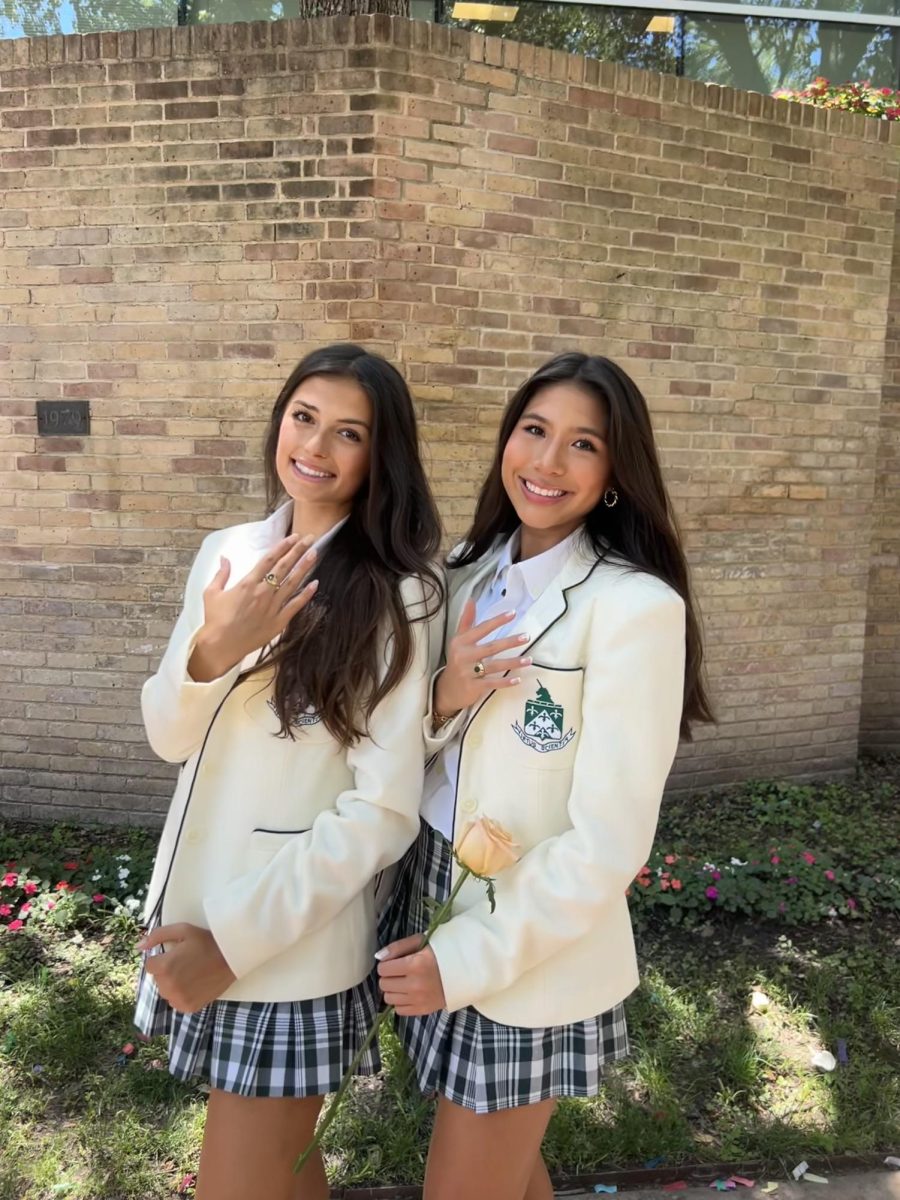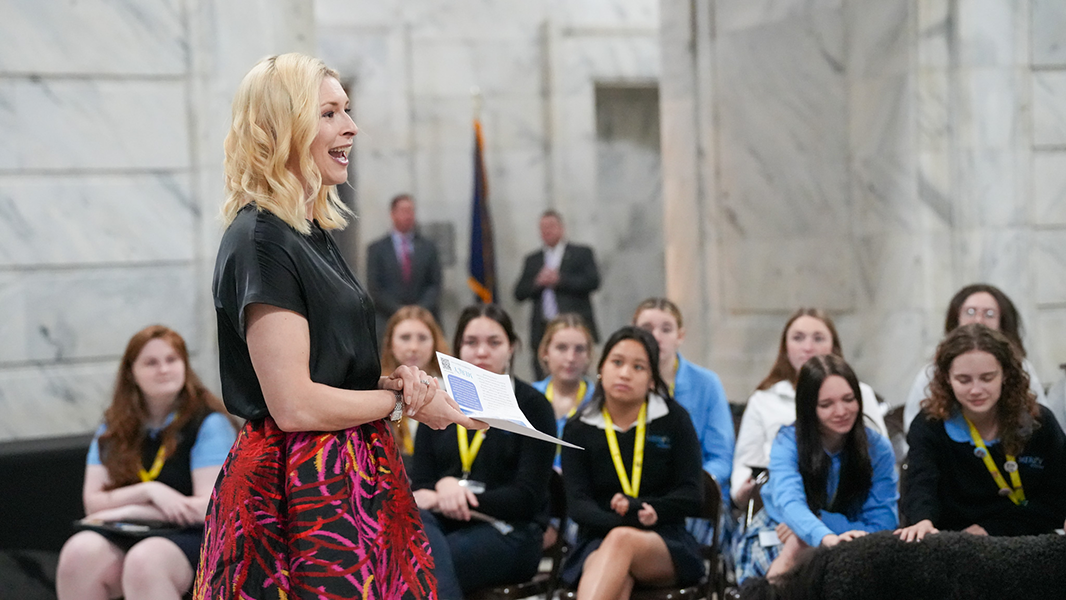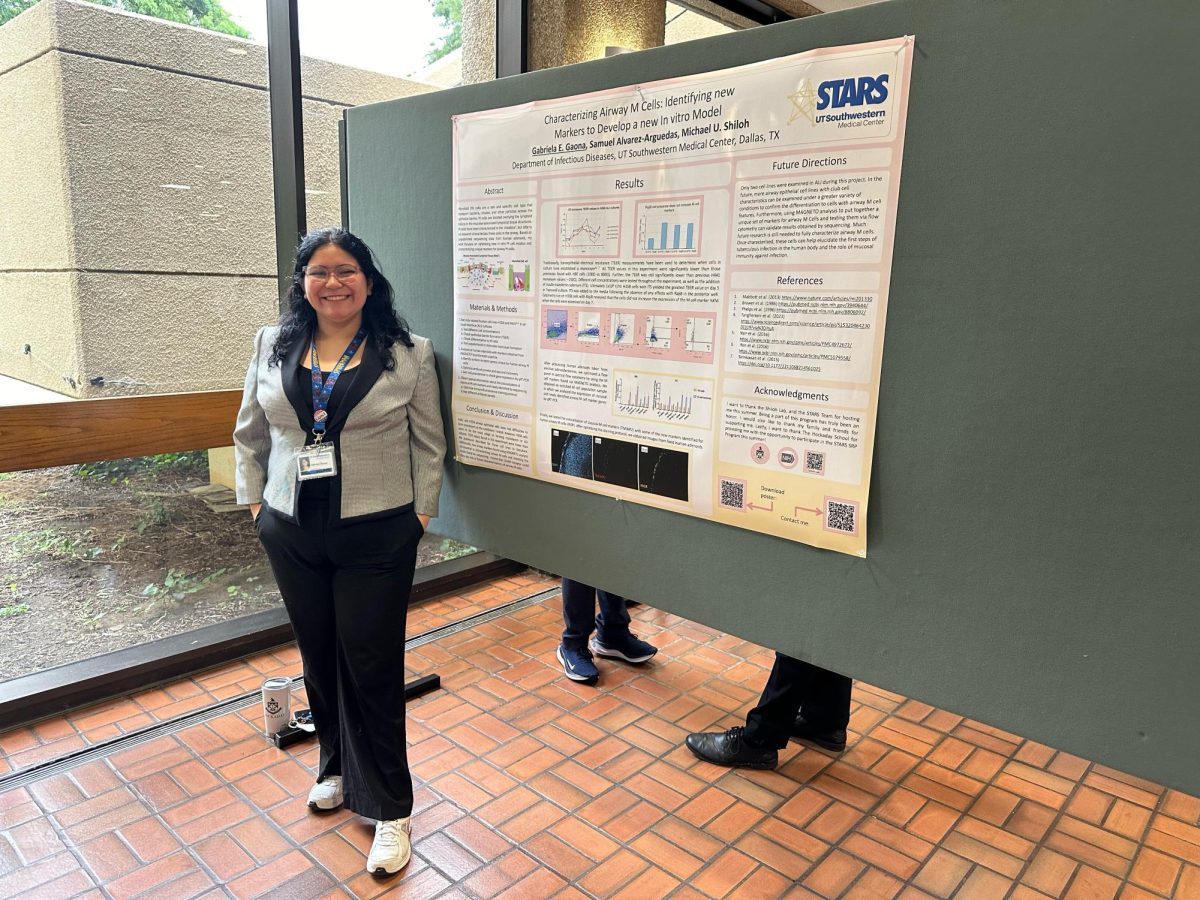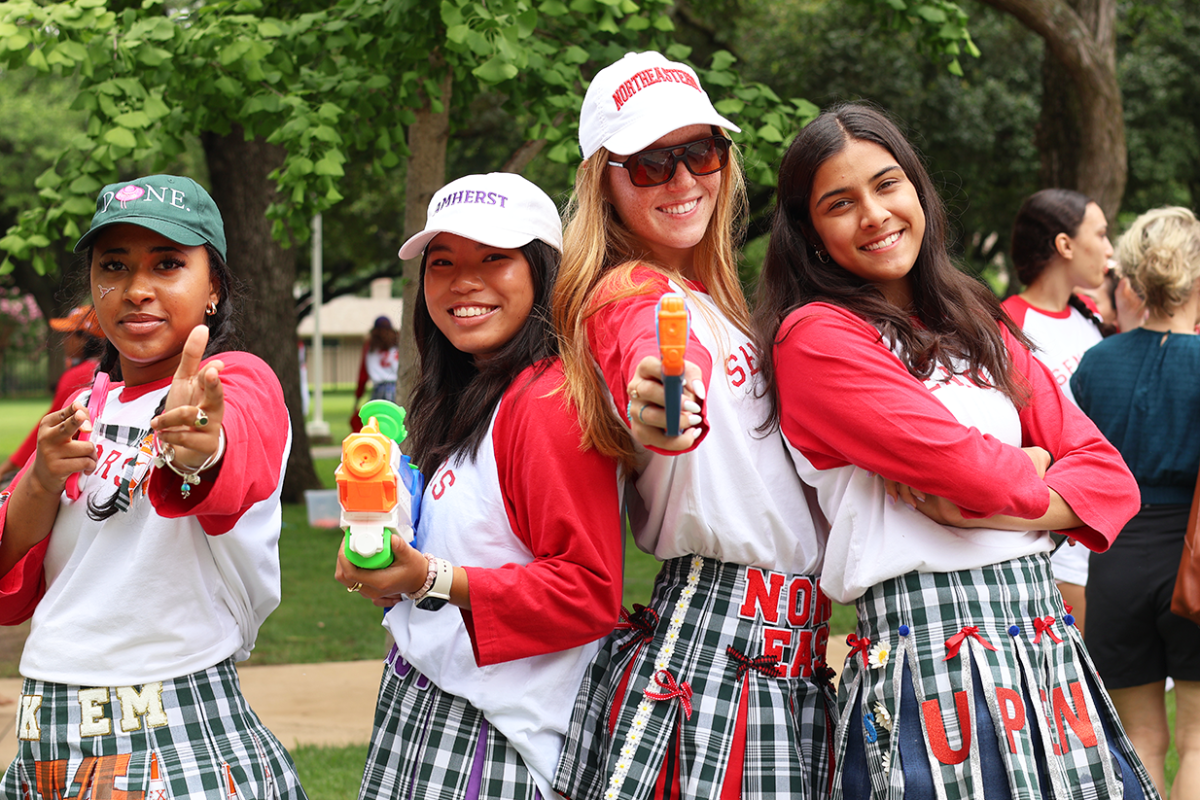
Inflation of community service hours presents an honesty dilemma for the Upper School
Community service is integral to the Hockaday experience. Every student in the Upper School is required to complete at least 15 hours every year, though many serve far more than that. Last year’s total count was 22,522 hours, which is equivalent to 938 straight days of time, an average of 45 hours per student. But do the hours actually add up?
The Mission Statement of the Community Service Board states that the purpose of the program is to “provide a meaningful and flexible program of mandatory community service that will raise social awareness, broaden outlooks, teach sound leadership skills and promote moral and ethical values.”
For the most part, the community service program fulfills that goal.
I think that having a minimum requirement forces people to ‘discover’ community service,” junior Alicia said.
However, for the past several years the Community Service Board has struggled with hour inflation. Sophomore Janie reports, “I have been on multiple school-sponsored service projects that grossly exaggerated the total amount of time it took to complete the project.”
She’s not alone.
According to a November survey of 50 Upper School students by the Fourcast, 36 percent of Upper School Students said that they thought the number of hours they receive over-represents the time they dedicate to school community service projects.
Though Janie thinks the over-reporting is extreme, junior Adela said that she thinks that it is “slight.” She does, however, witness over-reporting in most community service projects she has participated in.
And over-reporting hours is not unique to Hockaday.
“I think that it [occurs] for every type of community service whether you do it through Hockaday or through another organization,” senior Alexis said. For example, Irving Teen Court, a legally-binding court in which teen volunteers defend, prosecute and sentence teen offenders, offers “a ‘free’ hour of community service” to volunteers who confirm their attendance, as stated by the e-mails they send their volunteers.
Regardless of what other programs are doing, the Community Service Board is clear on its position. Hockaday’s Director of Community Service Laura Day emphasized that students “need to be honest about hours.”
“Accuracy is important for colleges and for awards,” Day said. Many seniors use Hockaday records when filling out their resumes, so the hours reported, whether or not they’re over-reported, are what colleges see.
This problem of over-reported hours is one that the Community Service Board is working to fix. Senior Avery, co-president of the Community Service Board, explains that, in previous years, hours have been determined by factors including “how hard the volunteers work or how significant the project was.”
But according to Avery, this year the Board is trying to assign hours “solely depending on the amount of time you work and the transportation.” She adds that “community service school clubs are now under the Community Service board’s jurisdiction.”
Last year, the clubs were notorious for promising huge numbers of hours without requiring much effort, something closer scrutiny has ended.
And future changes might go further. Since it is her first year at Hockaday, Avery has not made any significant adjustments to the Community Service program yet; however, going forward, she said that she does “want to take a look at” the number of hours assigned per project.
This focus on honesty has not gone unnoticed in the Hockaday community. Fifty-four percent of students surveyed said that they felt that the number of hours they received from the Board accurately represented the time they spent on their projects.
But maybe this focus on hours misses the point.
“Community service should never be about hours,” Alexis said. “It should be about helping others.”
– Kay






